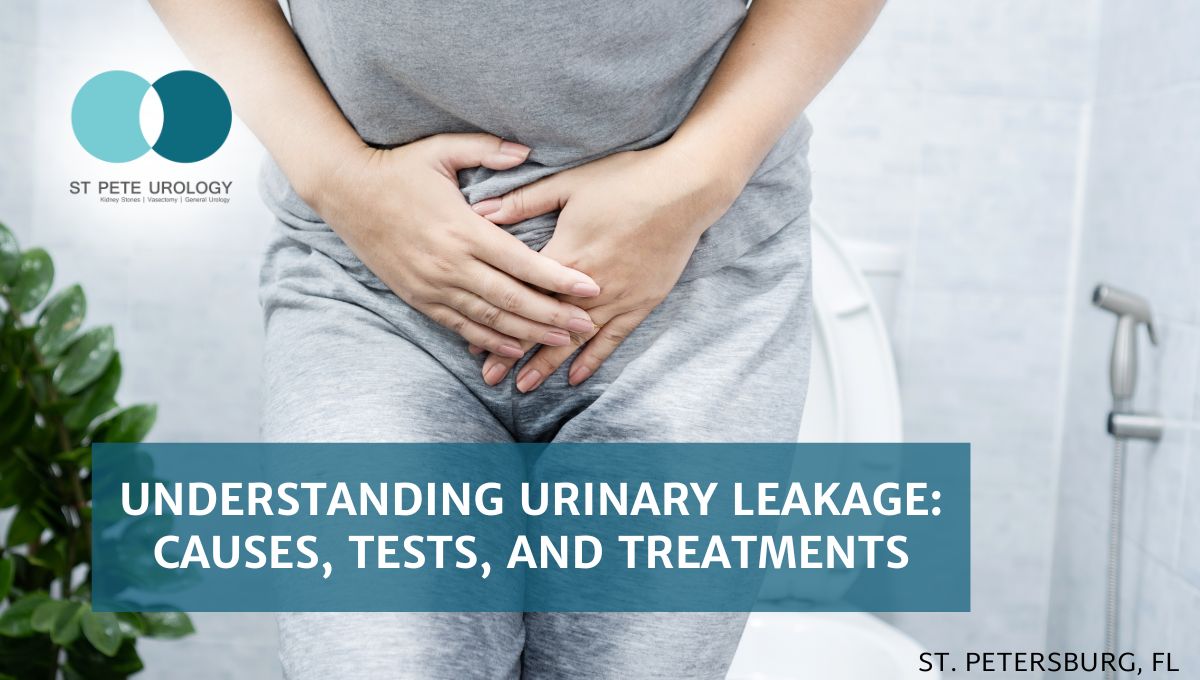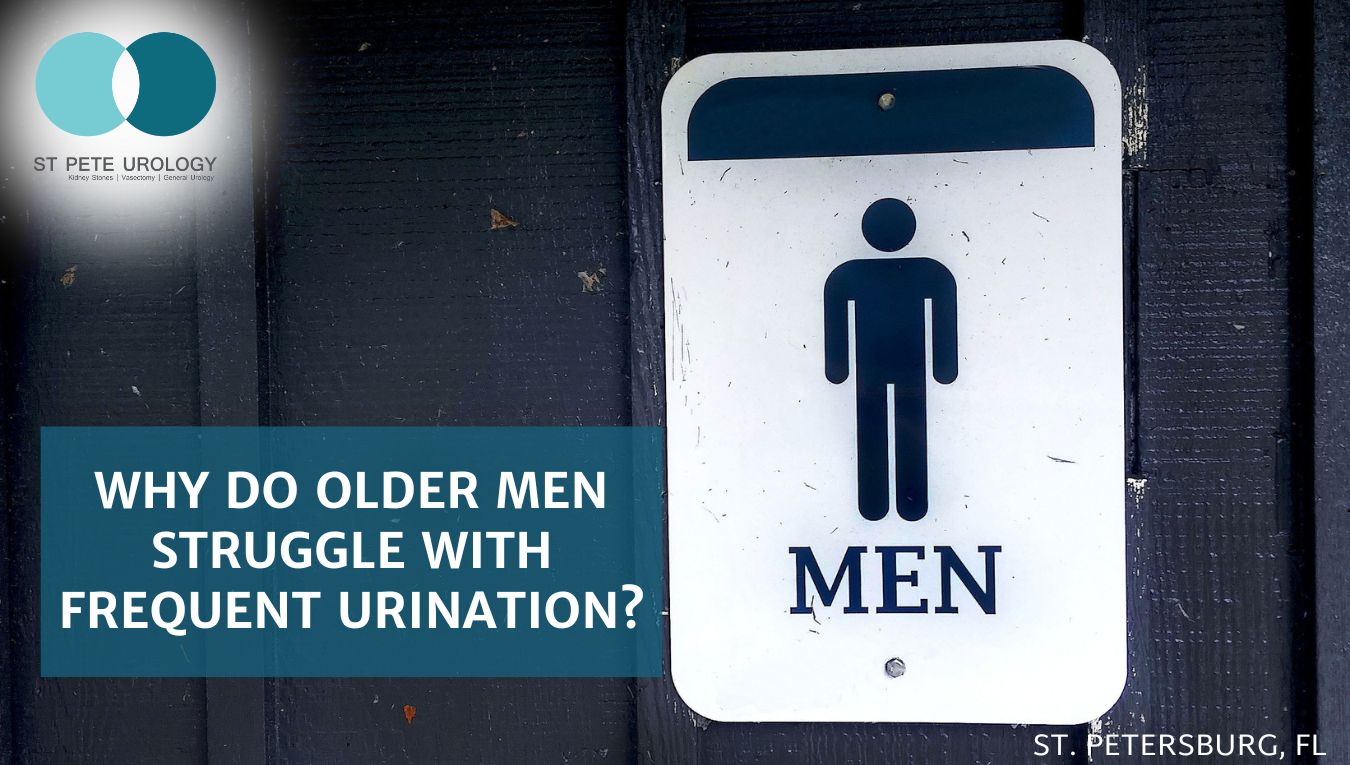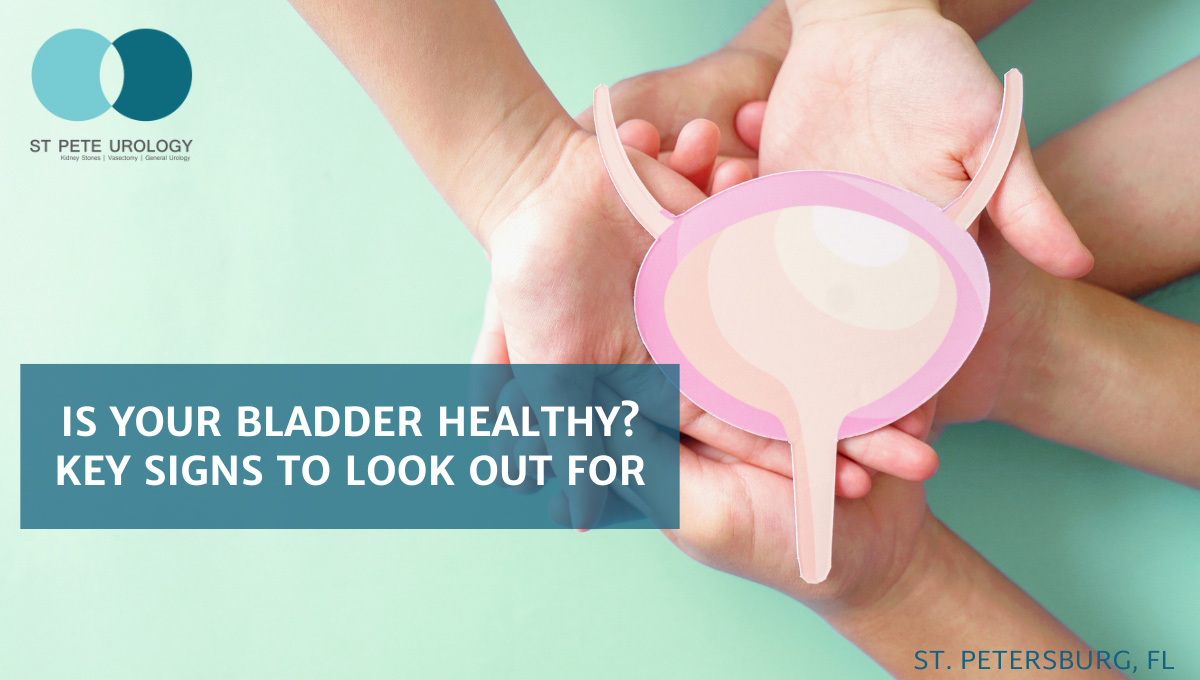Discover the connection between diabetes and urination problems, including frequent urination, incontinence, and UTIs. Expert urological care in St Petersburg.
Continue readingUnderstanding Urinary Leakage: Causes, Tests, and Treatments
Bladder leakage affects millions. Learn about causes from stress incontinence to overactive bladder, diagnostic tests, and proven treatments from St. Pete Urology.
Continue readingManaging Urinary Incontinence: Lifestyle and Treatments
Discover proven urinary incontinence treatment options and lifestyle changes. From pelvic exercises to surgical solutions, learn how to regain bladder control today.
Continue readingUnderstanding Urinary Incontinence in Women
Learn about urinary incontinence in women, affecting 60% of adult females. Discover causes, types, and effective treatment options from board-certified urologists in St Petersburg, FL.
Continue readingEffective Treatments for Stress Urinary Incontinence
Discover effective stress urinary incontinence treatments at St Pete Urology—conservative to surgical solutions tailored for St. Petersburg patients.
Continue readingWhy Do Women Experience Urine Leakage When Sneezing?
Urine leakage when sneezing is stress urinary incontinence. Learn causes, treatments & relief in St. Petersburg, FL.
Continue readingWhy Do Older Men Struggle with Frequent Urination?
Discover why frequent urination in older men occurs, its impact on daily life, and effective treatment options to improve quality of life.
Continue reading9 Tips to Maintain a Healthy Urinary System?
Given its critical role in keeping our bodies clean, balanced, and functioning correctly, maintaining a healthy urinary system should be a top priority.
Continue readingIs There a Link Between Diabetes and Urological Disorders?
Recent findings have provided a substantial link between diabetes and urological disorders. Learn about managing diabetes to improve your urological health.
Continue readingIs Your Bladder Healthy? Key Signs to Look Out For
Recognizing the key signs of a healthy bladder is important to monitor its condition and seek medical advice when necessary.
Continue reading








